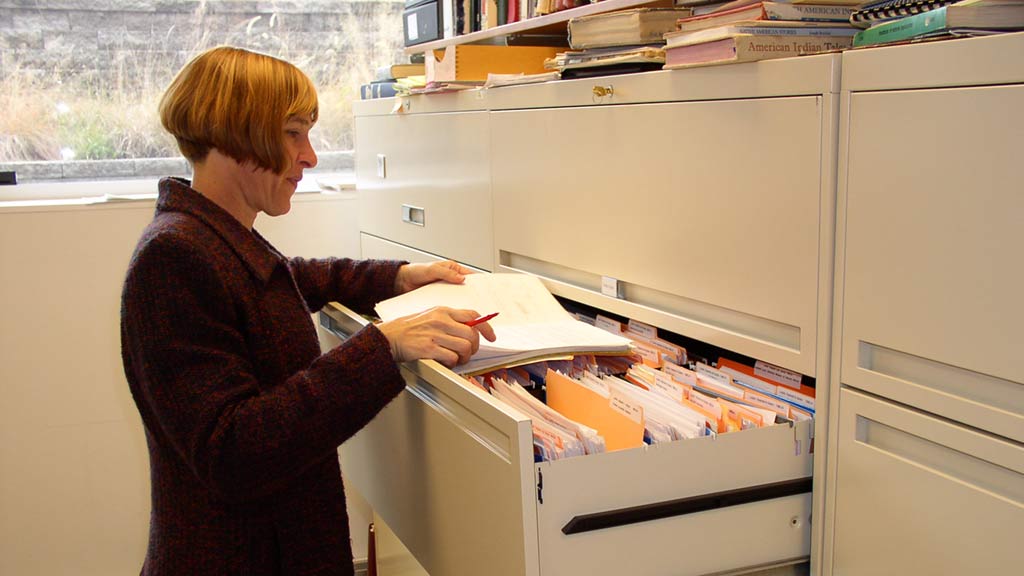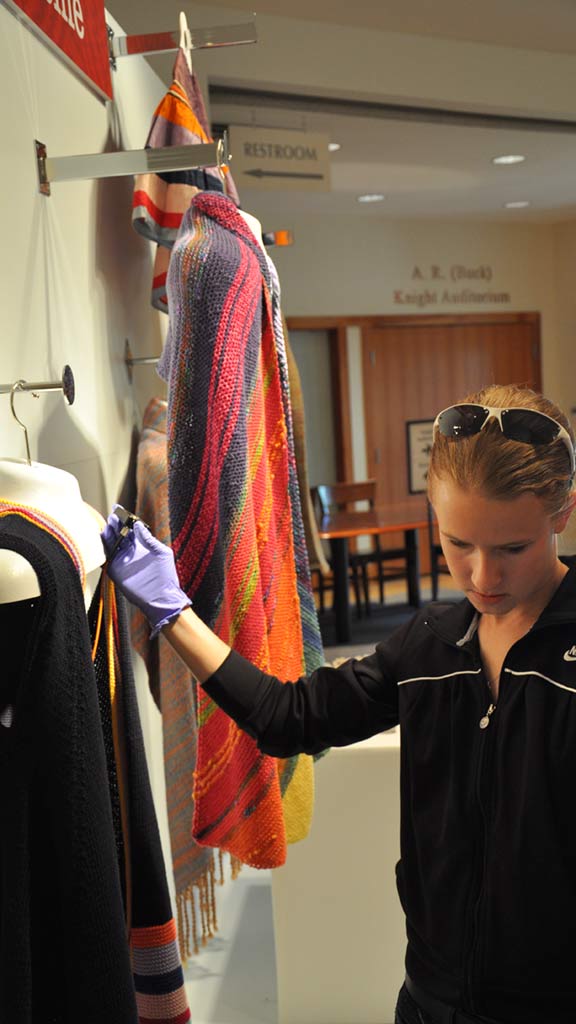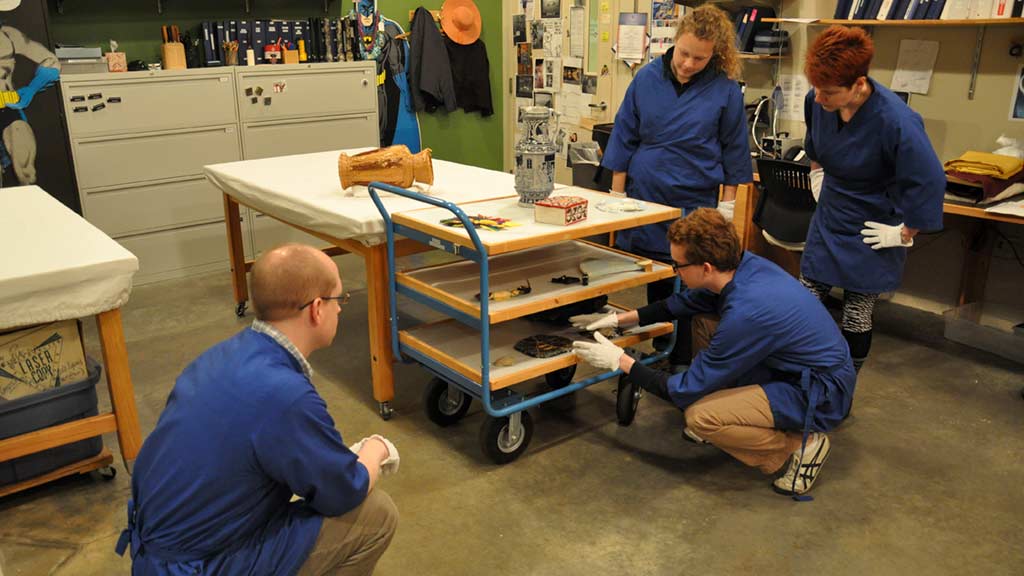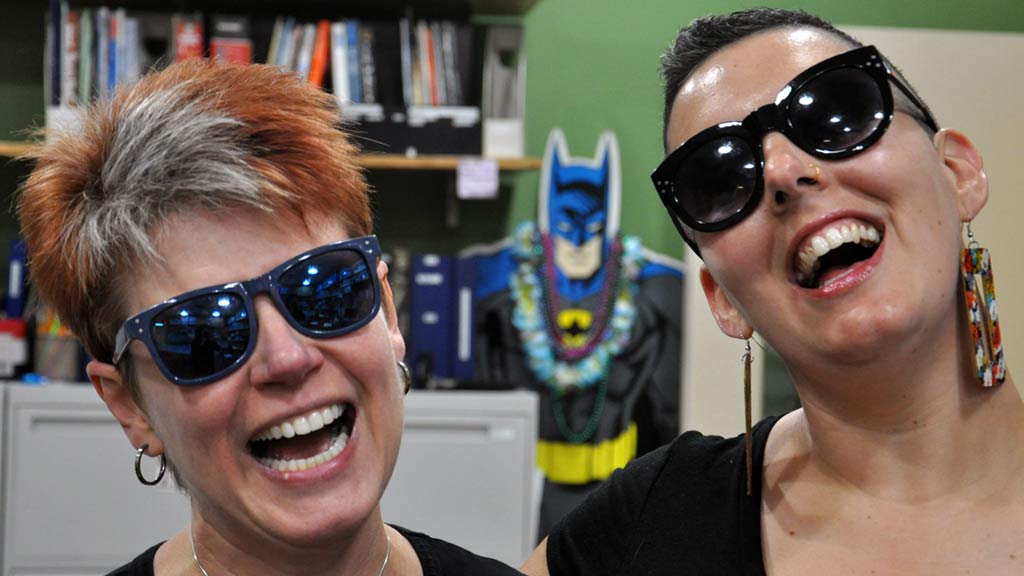
Risky Business: Spurlock's Risk Management Plan is done!
- Post Date: 6/29/2017
- Author: Xuxa Rodriguez
- Reading Time: 2 minute read
So how can Spurlock best care for the approximately 51,000 objects in its collection? We've been working with this question since the summer of 2014 when the Collections Section began refocusing collections management on risk assessment and analysis. We followed Robert Waller’s Cultural Property Risk Analysis Model (external link) to anticipate potential loss of objects in the collections through multiple factors including building infrastructure failure, human error, light and UV damage, pests, temperature and humidity fluctuations, and even natural disasters. 3 years later, Spurlock now has a risk management plan to guide its collections management practices.
Using a Risk Model for Collections Management
By using a risk model, Spurlock can anticipate and plan ahead for future needs by calculating probabilities of deterioration and damage to the collections. A risk model first requires thinking of the potential for loss through the factors that impact objects and then by connecting that potential to all the objects in the collections that would be affected by it. This model allows for allocating funding and time in advance to mitigate risks. Most importantly, a risk model allows all staff, student workers, and volunteers to effectively support collections preservation at the Museum.
Creating the Plan
To create the plan, a team consisting of Collections Manager Christa Deacy-Quinn, Assistant Collections Manager John Holton, and Collections Assistant Xuxa Rodriguez worked with all Museum sections to evaluate their needs and concerns. Together they drew correlations among data collected on environmental conditions over the years, oral history interviews conducted with in-house staff to analyze institutional memory, and in-house resources such as facilities surveys, emergency plans, and the Museum’s policies.
The risk management plan informs preservation planning, which the team is now developing by following Sherelyn Ogden’s Preservation Planning: Guidelines for Writing a Long-Range Plan (external link).
-
- Share:
- Subscribe to Newletter
- Giving



